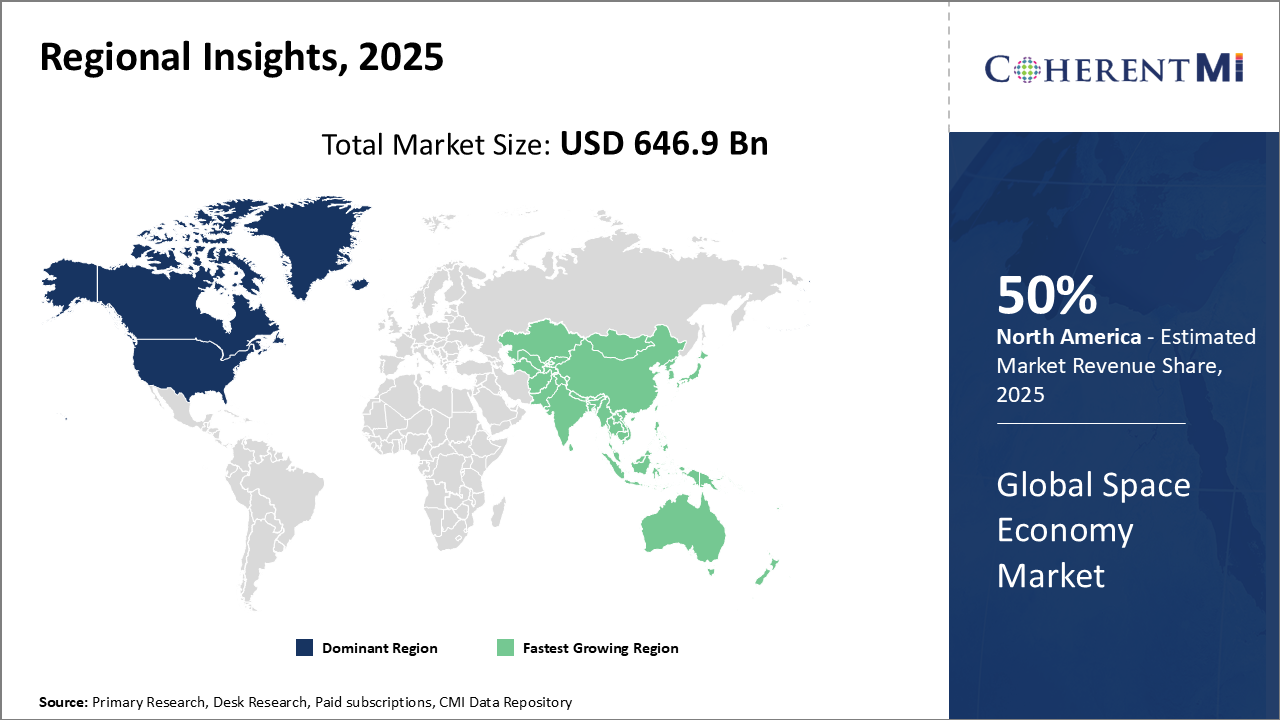Global Space Economy Market Trends
- Private Sector Partnerships: Space agencies like NASA, ESA, JAXA are increasingly entering partnerships with private space companies for missions and technology development. For instance, SpaceX and Boeing were contracted for providing commercial crew transportation to ISS under NASA's CCP program. Such public-private partnerships leverage the capabilities of both entities and foster greater innovation in the space sector. More partnerships models will emerge, benefitting space economy players.
- Space Startups: The space industry has witnessed a surge in new startups in recent years developing new technologies, launch vehicles, satellite constellations and space-based services. The startups are attracting significant venture capital, private equity funding given the strong growth prospects. Space infrastructure and transportation have been key startup focus areas. According to Bryce Tech, space startups raised $25 billion in funding from 2020-2022 reflecting the sector potential.
- Ground Segment Infrastructure: As satellite networks grow, substantial investments are being made to upgrade ground infrastructure including ground stations, data processing facilities and terrestrial connectivity needed to fully leverage space-based capabilities. According to Euroconsult, over $72 billion is forecast to be invested in ground infrastructure over the next decade. The ground segment upgrades provide significant opportunities for a wide range of players from subsystem suppliers to terrestrial network providers.
- Sustainability Practices: With growing debris in orbits from old satellites and rocket bodies posing collision risks, participants across the supply chain are adopting standards and best practices for space sustainability. This includes deorbiting satellites post-mission, avoiding debris release events, limiting deployments in crowded orbits, optimizing satellite designs for demise etc. Adoption of norms like the Space Safety Coalition's Space Sustainability Rating can build confidence among various actors and stakeholders.
Global Space Economy Market Regional Insights:

- North America: North America is the largest space economy in the world, with a market share of over 50%. This is due to the presence of major space companies such as Boeing, SpaceX, and Lockheed Martin, as well as NASA, the world's leading space agency.
- Europe: Europe is the second-largest space economy in the world, with a market share of around 20%. The European Space Agency (ESA) is a major player in the European space sector, and European companies such as Airbus and Thales are also leading players in the global space industry.
- Asia-Pacific: The Asia-Pacific region is the fastest-growing space economy in the world, with a CAGR of over 10%. This growth is being driven by China, which is rapidly developing its space capabilities. Other countries in the region, such as India, Japan, and South Korea, are also investing heavily in the space sector.